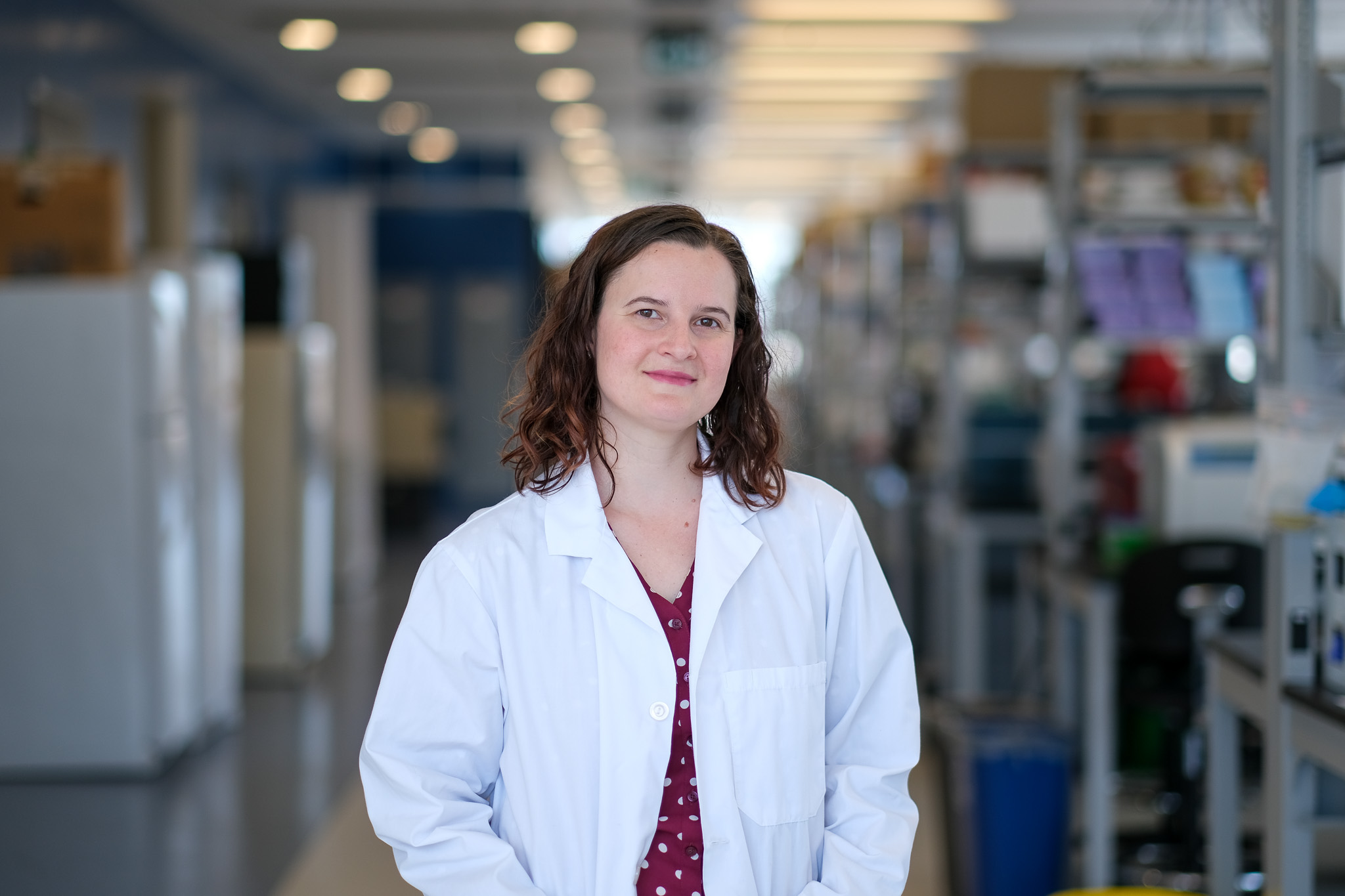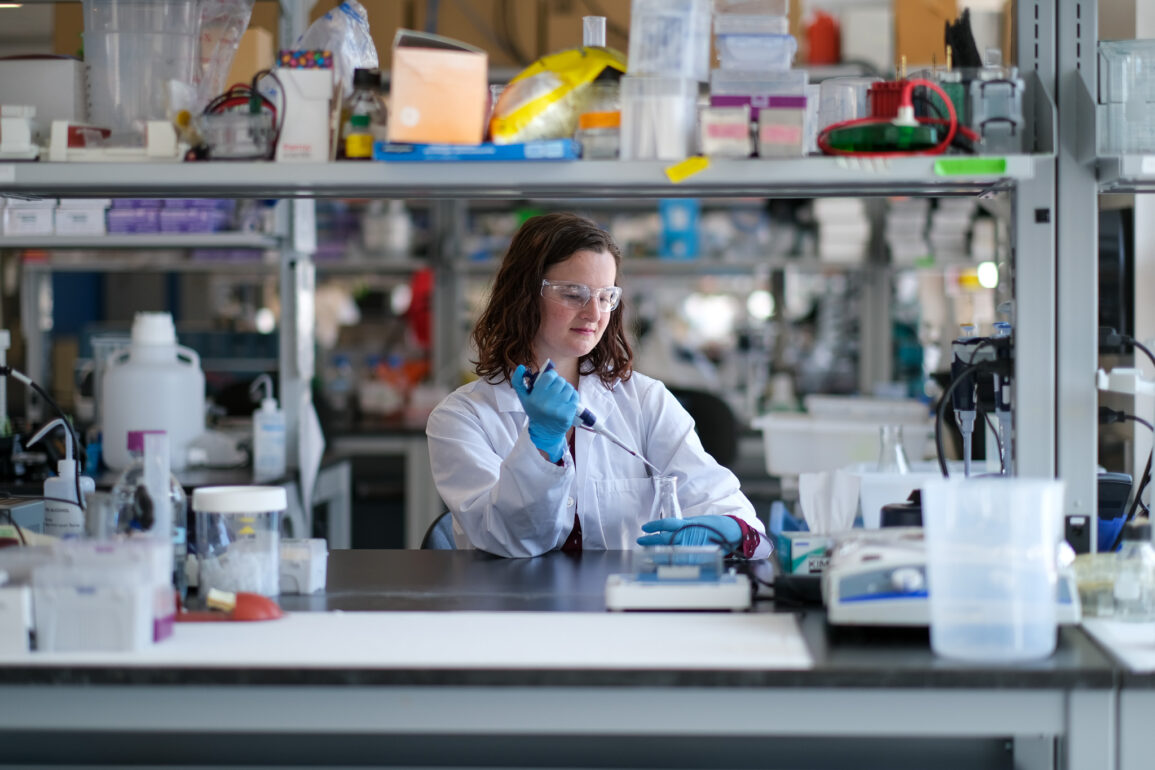Researchers at the University of Toronto have made progress in understanding the intricate cellular processes involved in tissue development and repair. The findings, published in the journal Current Biology, shed light on the mechanisms underlying collective cell migration, a fundamental behavior that plays a crucial role in both normal embryo development and pathological conditions such as cancer metastasis.
“This study advances our understanding of the molecular signals that coordinate cellular behaviours, in embryonic development and tissue repair, and likely also in tumour invasion,” said Dr. Rodrigo Fernandez-Gonzalez, the lead scientist of the study and a professor at the Institute of Biomedical Engineering (BME).
Researchers found that Rap1, a molecular switch that when turned ‘on’ regulates cell adhesion and signaling, plays a role in the formation and remodeling of adherens junctions and the cytoskeleton during the collective cell movements thar drive the rapid, scarless wound healing response in embryos, making it an attractive therapeutic target in the future.
In embryonic wound healing, the cells around the wound move together to seal the lesion. To that end, cells undergo a series of intricate molecular changes. At the centre of these changes, a unique structure called tricellular junction (TCJ) is formed. The TCJ acts as a hub that hosts a series of proteins that are essential in coordinating cell movements.
When researchers tagged the Rap1 protein with a sensor that can be detected by the microscope, they were able to visualize large concentrations of the protein accumulating around the wound, and specifically at the TCJs.
Upon establishing the localization of Rap1 in the hub of wound repair, researchers set out to find its role in this complex process. By inactivating or reducing the amount of Rap1 in the embryo, researchers observed a significant reduction in the wound closure rate compared to normal embryos. Conversely, by activating Rap1 the wound closure rate was dramatically accelerated.
“The fact that collective migration speed can be modulated by Rap1 activity provides a potential pathway for either promoting cell migration, for example to heal chronic wounds, or stopping undesired migration like cancer metastasis,” said Dr. Katheryn Rothenberg, the leading researcher on this research.

Researchers also found that Rap1 plays a crucial role in interacting with cell-cell adhesion proteins necessary to maintain cells together as they move to close the wound, and cytoskeletal proteins that cells use to pull on each other and move collectively. They observed that any disruption to Rap1 can greatly impede the speed at which wounds close.
“By unraveling the intricate molecular mechanisms involved, we have uncovered potential targets for therapeutic interventions in various conditions that rely on collective cell migration.” said Dr. Fernandez-Gonzalez. “We are now keen on understanding the upstream signals that turn Rap1 ‘on’ during wound healing. This understanding would facilitate the development of tools to activate Rap1 in congenital disorders associated with deficient collective cell behaviour, or to inhibit Rap1 when it contributes to spread disease.”


